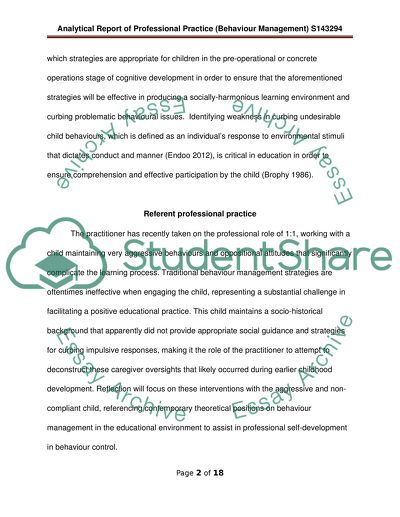Cite this document
(“Analytical Report of Professional Practice (Behaviour Management) Essay”, n.d.)
Retrieved from https://studentshare.org/education/1404121-analytical-report-of-professional-practice
Retrieved from https://studentshare.org/education/1404121-analytical-report-of-professional-practice
(Analytical Report of Professional Practice (Behaviour Management) Essay)
https://studentshare.org/education/1404121-analytical-report-of-professional-practice.
https://studentshare.org/education/1404121-analytical-report-of-professional-practice.
“Analytical Report of Professional Practice (Behaviour Management) Essay”, n.d. https://studentshare.org/education/1404121-analytical-report-of-professional-practice.


